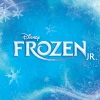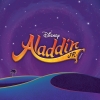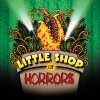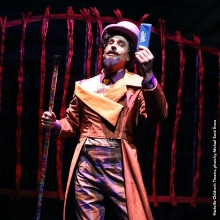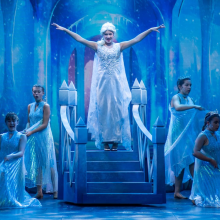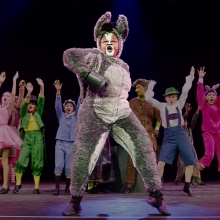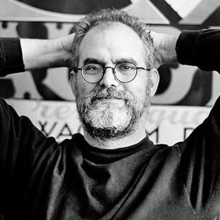Celebrating 60 Years of West Side Story - and the Musical Genius of Leonard Bernstein
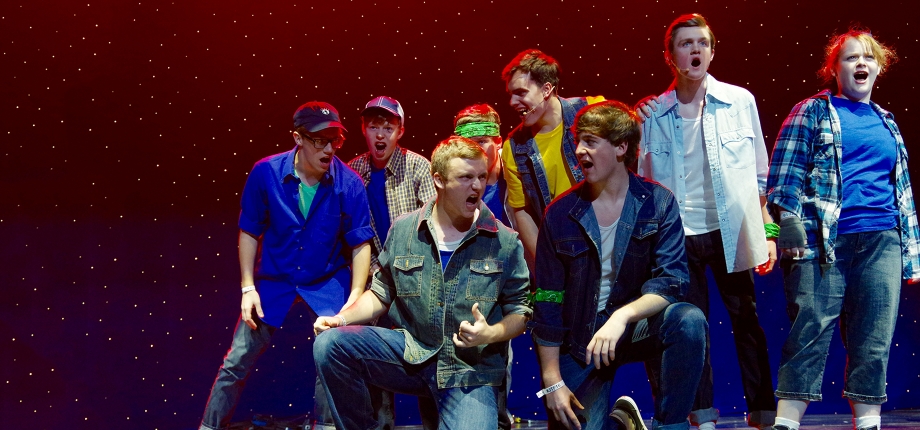
Celebrating 60 Years of West Side Story - and the Musical Genius of Leonard Bernstein
As we approach the centennial of Leonard Bernstein's birth - on August 25, 2018 - cultural institutions around the world are beginning to celebrate the varied life of this decidedly American icon - this composer, conductor, teacher, and activist. Here at MTI we have another important anniversary to celebrate: that of the 60th anniversary of West Side Story's Broadway opening on September 26. This piece of theatre is loved by many and is regarded as a milestone of American musical theatre. As we celebrate Bernstein's contributions to music and American culture, I want to explore some of his contributions in West Side Story that have placed it in the pantheon of American theatre.
"But [these musicals] all qualify, different as they are, for that term 'musical comedy' on the grounds of one great unifying factor: they all belong to an art that arises out of American roots, out of our speech, our tempo, our moral attitudes, our way of moving." - Leonard Bernstein (1956), The Joy of Music
Musical theatre is a collaborative art form. West Side Story is no different. The creators - Leonard Bernstein (score), Arthur Laurents (book), Stephen Sondheim (lyrics), and Jerome Robbins (direction/choreography), along with producers, orchestrators, and designers - created a theatre piece that expanded upon tradition and pulled from disparate sources like Shakespeare, ballet, opera, and jazz. Much has been written that delineates who was responsible for what (two small examples: Laurents for the "slang" dialogue, Robbins for the conception and for the importance placed on dance as a way of storytelling). But I want to focus on Leonard Bernstein's contributions. Bernstein's career is marked by attempts to merge the popular with the highbrow, but nowhere was he more successful than in his score for West Side Story. We can credit Bernstein that this theatre piece bridges modernist styles with popular theatre conventions - pitting these concepts together, much like the on-stage rivalry between the Jets and the Sharks - so successfully that the work continues to resonate with audiences 60 years later.
From its humble beginnings, musical comedy was an American art form. From revues to vaudeville, from musical comedies of the 1920s to more integrated theatre works of the 1940s, the best (and the worst) pieces of theatre drew on American sources for their music (notably jazz and Tin Pan Alley), their dialogue (using American dialects and slang), their plots, and their settings (most frequently, New York City). West Side Story comes out of this tradition. Set in New York, we see a plot between two rival gangs of different racial backgrounds unfold, told in a dialect that, while mostly of Laurents's own creation, nonetheless sounds and feels American. Even the romance - and conflict - between Tony and Maria can be traced to earlier musicals and the common "marriage trope" (where the lead couple ends up together, strengthening and uniting the communities).
Bernstein's classical pedigree, most notably as conductor of the New York Philharmonic and a composer of symphonies and other classical works, was vital in crafting the music of West Side Story. His classical sensibilities give the score of West Side Story its structure and cohesiveness. The score is tightly organized by his use of motivic integration and musical styles - even in cases in which Bernstein recycled music from earlier works ("One Hand, One Heart" and "Gee, Officer Krupke" were both originally from Candide; "Maria" and "Somewhere" were first written in the 1940s). The most famous motif is the tritone/half-step figure that occurs throughout ("Maria"); the other important motif is the minor 7th leap from the opening of "Somewhere." These motifs are manipulated and transformed throughout the score in a fashion that is indebted to the great European opera composers Richard Wagner and Anton Webern. Even on a cursory listen we can hear the tritone in "Something's Coming," nearly every section of the "Dance at the Gym," the vocal section of "Cool," and throughout the danced "Prologue" and "The Rumble." The "Somewhere" motif is integrated into the accompaniment of the "Balcony Scene" and into the dance section of "Cool." The consistent uses of these motives create support for the on-stage drama.
And yet, though Bernstein structured the score around these Western European classical traditions, the music itself is indebted to "our tempo … our way of moving." There is no mistaking it as anything other than "American" music. Leonard Bernstein was no stranger to composing in American styles, even in his classically oriented works. His first musicalOn the Town was steeped in jazz. His 1949 composition Prelude, Fugue, and Riffs was a "written-out" jazz piece commissioned by Woody Herman for his big band. Symphony No. 2 ("The Age of Anxiety") has what could be considered a "hot" jazz trio section (itself based on a cut song from On the Town).
Leonard Bernstein - Prelude, Fugue, and Riffs
Leonard Bernstein - "The Age of Anxiety"
And so here in West Side Story we have songs for the Jets based on jazz and the blues, and songs for the Sharks based on (generalized) Latin styles. These are not mere pastiche numbers either, not in the usual sense of the term. Bernstein is not looking to imitate, but to emulate. Through the use of popular music genres, he situates his score in the "now" as well as connecting it to musicals that came before West Side Story. The popular AABA 32-bar song structure of Tin Pan Alley makes appearances, with some modifications, in "Maria," "Something's Coming," and "Tonight." "The Dance at the Gym" alternates between jazz/blues and Latin dances. The Shark girls' "America" begins as a seis - a popular Puerto Rican dance - before transitioning into a huapango, a dance from Mexico that alternates between 6/8 and 3/4 meters. "Gee, Officer Krupke" is straight out of vaudeville, a satirical or comedic number which doesn't have much to do with the plot, and is meant to entertain the audience. "Something's Coming" is an "in-2" theatre song, with quick accompaniment propelling the long, flowing melodic line of the chorus.
Even in cases where European classical traditions run deep, Bernstein changes things just enough that the American influences have more prominence. Tony and Maria begin their "Balcony Scene" almost in recitative, but instead of singing their dialogue in rhythm with the accompanying music, they "sneak in" to the song proper, speaking over musical underscoring that prepares us for what's coming. The Jets' "Cool" blends European classicism with American "cool" or "West Coast" jazz; the vocal sections are separated by a dance section that is a fugue (the sometimes dense contrapuntal style best represented by the works of J.S. Bach) and has a subject which uses all twelve pitches only once - a cleverly disguised example of serialism, the thorny model of composition in vogue in the early 20th century. But the countermelody is straight out of bebop, and the song even has a "shout chorus" more suited to a big band chart.
A score as rich as West Side Story still deserves our attention and close study, whether we're actors, directors, musicians, or audience members. Bernstein crafted a score that drew from European and American traditions in the best of all possible ways, with an emphasis on creating an "American" sound. The music bridges the gaps between opera and musical comedy, between the elite and the popular. These dissimilar styles come to the fore at different points throughout, but what emerges is a cohesive score that 60 years later, we continue to perform and celebrate as a pinnacle of American musical theatre.



